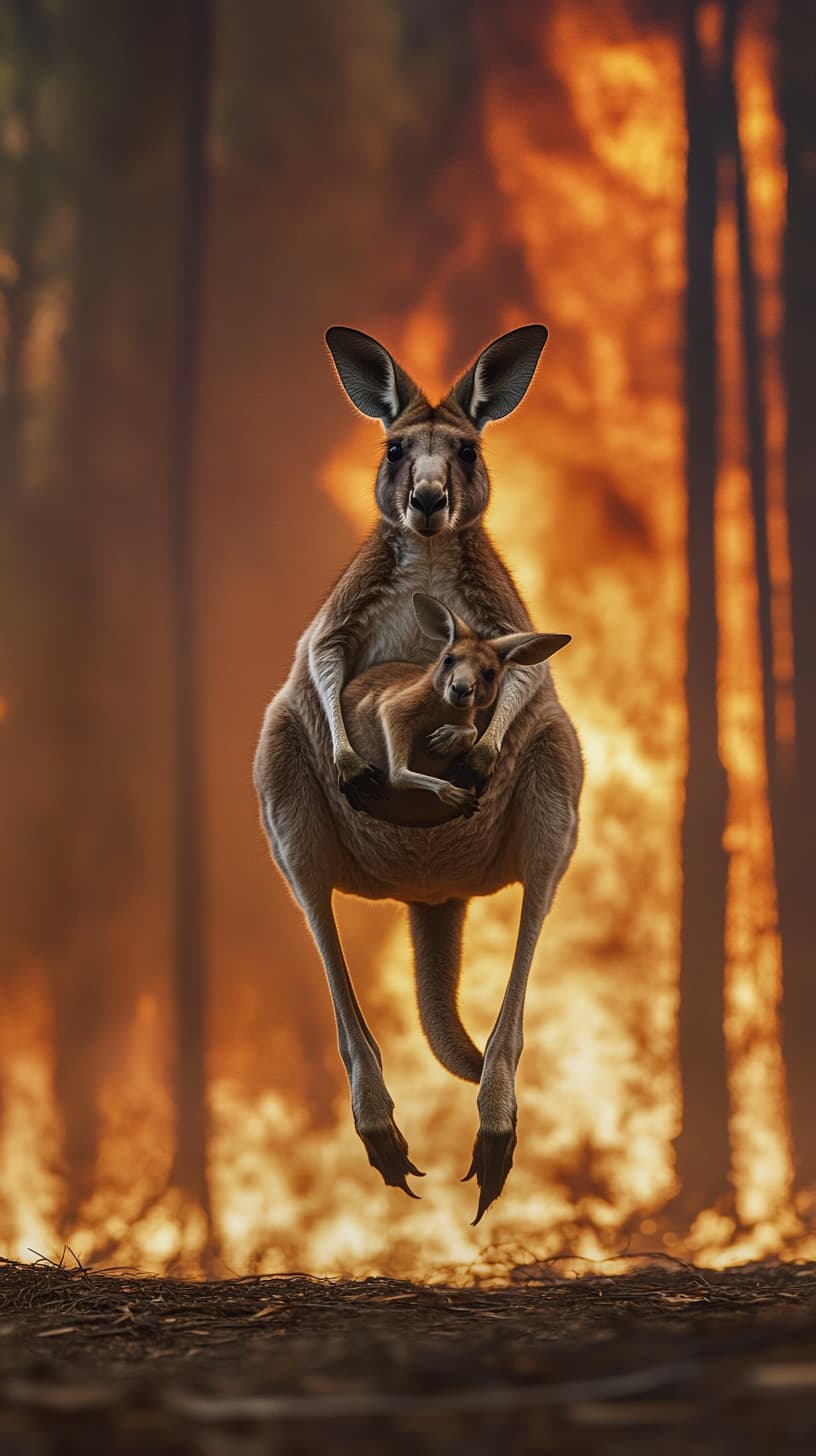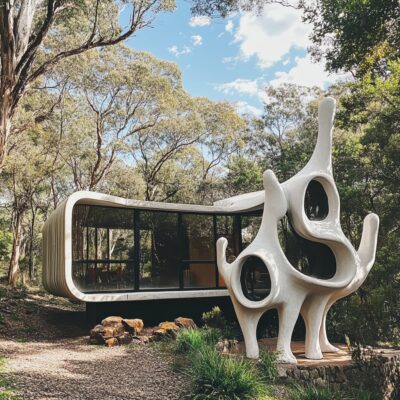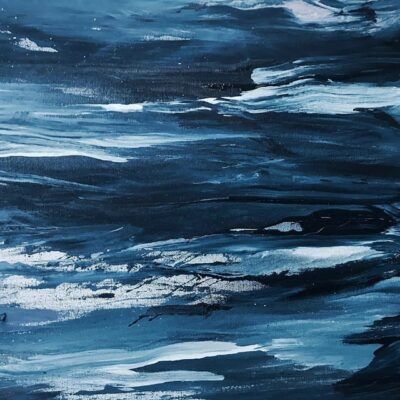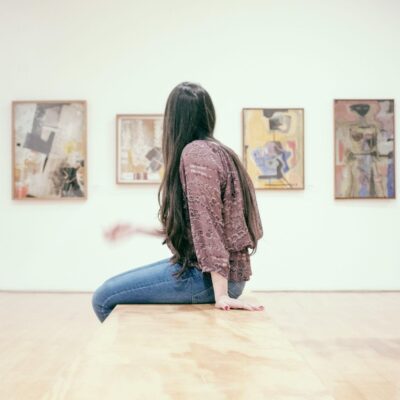
Australia is a country marked by both stunning natural beauty and frequent natural disasters. From raging bushfires to devastating floods, cyclones, and prolonged droughts, the continent’s harsh climate shapes not only the environment but also the emotional and cultural fabric of the nation. For generations, artists across Australia have responded to these powerful forces of nature, reflecting the country’s climate challenges through a deeply personal and creative lens.
Natural disasters don’t just destroy landscapes—they provoke reflection, resilience, and response. For Australian artists, these events often serve as both trauma and muse. They inspire new ways of seeing, storytelling, and connecting with the environment. In this article, we explore how natural disasters influence artistic expression in Australia and examine the ways artists respond to devastation through painting, sculpture, photography, installation, and performance.
Nature as a Force of Inspiration and Destruction
Australia’s artistic history has long been tied to the land. From the intricate and symbolic work of Aboriginal and Torres Strait Islander artists, whose Dreamtime stories are rooted in the environment, to modern landscape painters and contemporary conceptual artists, the natural world is a constant theme. But as climate-related events increase in frequency and intensity, the tone of environmental art is changing.
Instead of simply celebrating beauty or exploring spiritual connections, artists are now grappling with loss, destruction, and urgency. In the wake of bushfires that blacken skies and erase ecosystems, or floods that swallow entire towns, creative expression becomes a form of resistance, remembrance, and healing.
Bushfires: A Catalyst for Artistic Grief and Renewal
One of the most powerful examples of disaster-driven art in Australia comes in response to bushfires. The 2019–2020 Black Summer bushfires, which burned over 24 million hectares of land and destroyed thousands of homes, left a deep emotional scar across the country. For many artists, the fires became a turning point in how they approached their work.
Some artists turned to visual documentation. Photographers captured haunting images of scorched forests, melted fences, and displaced wildlife. Others created abstract works expressing grief, helplessness, and the apocalyptic atmosphere of fire season.
Artists like Alison Mackay, who lost her home and studio during the Black Summer fires, have spoken about using ash and charred debris from their properties to create new work. In this way, destruction is repurposed into creation—symbolizing survival and resilience.
Meanwhile, collective exhibitions such as “Regeneration” and “Fire Stories” have offered platforms for communities to share their experiences through art, contributing to collective healing and climate awareness.
Floods and Droughts: Water as Absence and Excess
While fire consumes, water either disappears or overwhelms. Floods and droughts have also significantly shaped the narratives of Australian artists.
In Queensland and New South Wales, flood-prone regions have inspired a wave of art focused on themes of water, vulnerability, and displacement. Artists like Naomi Eller and Tracey Moffatt have explored both literal and metaphorical inundation—using water as a symbol of chaos, transition, and emotional overwhelm.
Conversely, in arid regions affected by long-term drought, the absence of water has inspired works that speak to scarcity, fragility, and silence. Sculptors have worked with cracked earth and dried organic materials, while photographers capture the sunburnt emptiness of once-thriving farmlands.
The duality of water—life-giving and life-threatening—is a recurring motif in Australian art. Whether in images of dried-up riverbeds or submerged suburbs, artists use water to question how humans live with, depend on, and attempt to control nature.
Community Art as Recovery and Resilience
One of the most profound roles art plays in the aftermath of natural disasters is in community recovery. Public art projects, mural painting, and creative workshops have become part of trauma recovery efforts in disaster-hit regions.
After the bushfires in Victoria in 2009 and in New South Wales in 2020, local artists and volunteers collaborated on community murals that told stories of loss and hope. These visual narratives helped residents process emotions and rebuild a sense of shared identity.
Art therapy programs and pop-up exhibitions have also been used to help children and families cope with post-disaster trauma. In these contexts, art becomes less about aesthetics and more about expression, storytelling, and collective resilience.
Environmental Activism Through Art
In the face of growing environmental crises, many Australian artists are using their platforms to raise awareness and inspire change. Art and activism increasingly overlap, particularly when it comes to climate justice and conservation.
Artists like Janet Laurence, known for her immersive environmental installations, address ecological fragility and extinction through their work. Her pieces often incorporate scientific elements, endangered plants, and reflections on damaged ecosystems, turning gallery spaces into living laboratories.
Others, like artist duo Eggpicnic, use bold graphic design and endangered species imagery to advocate for biodiversity protection, especially in the wake of disasters that threaten habitats.
Through exhibitions, social media, and public installations, these artists engage audiences in urgent conversations about climate responsibility, sustainability, and political action.
The Role of Indigenous Art in Environmental Storytelling
Aboriginal and Torres Strait Islander artists bring a unique perspective to the intersection of nature and creativity. Their art has always reflected deep, ancestral relationships with the land, emphasizing balance, respect, and continuity.
When disasters occur, Indigenous artists often speak to the deeper environmental imbalances caused by colonization, resource exploitation, and disconnection from Country. Rather than framing fire or drought as isolated events, they see them as part of a broader narrative of environmental mismanagement and spiritual disruption.
Indigenous-led exhibitions and cultural events offer not only artistic insights but also pathways for reconnection, ecological respect, and land-based healing.
Conclusion: Art as Witness, Protest, and Possibility
Natural disasters leave visible scars on the land and emotional ones on the people who call it home. For Australian artists, these events are more than headlines — they are lived experiences that shape what they create, how they connect, and what messages they carry forward.
Through painting, sculpture, photography, performance, and multimedia, artists respond to crisis with creativity. They bear witness, offer comfort, express rage, and envision alternatives. In doing so, they remind us that art is not just decoration — it’s a vital way of processing, protesting, and healing.
As Australia continues to face the realities of a changing climate, the voice of its artists becomes ever more essential. In fire, flood, and drought, their work offers both reflection and resilience — and a chance to imagine something new from the ashes.




